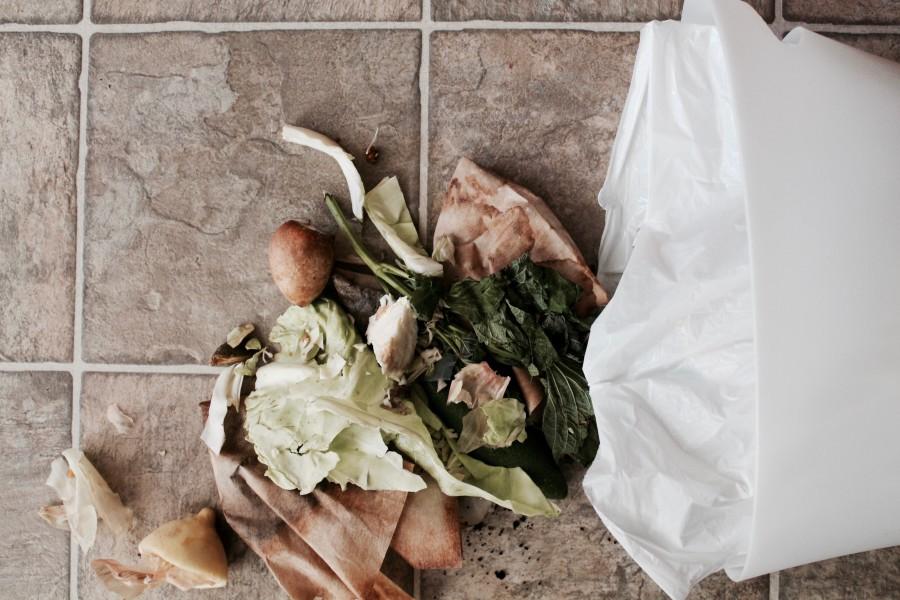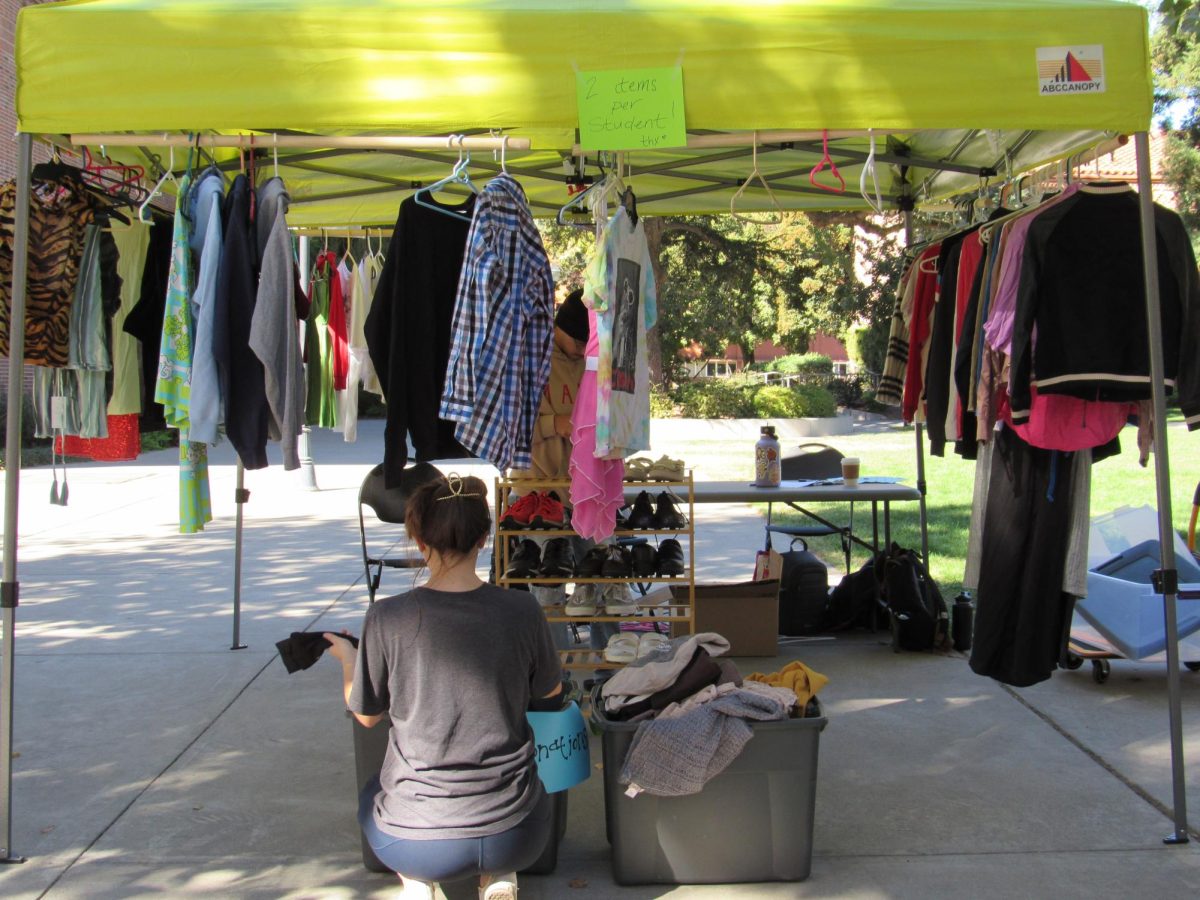
Take a peak in any garbage bin on campus – or in your own home – and there’s a good chance you’ll find food.
Recently the issue of food waste has become illuminated due to books, documentaries and harsh statistical facts like one from the Natural Resource Defense Council stating that 40% of food in the United States goes uneaten.
According to the Natural Resource Defense Council, 40% of the food produced in this country never even reaches a plate, 95% of what is wasted ends up in landfills, and 42% of that waste is created in our own homes.
Add that to the fact that more than 1/3 of the adult American population is categorized as obese and 48.1 billion Americans are considered food insecure according to feedingamerica.org – clearly the numbers don’t add up.
Honing in on college students specifically, the sheer presence of food waste is a conundrum. How is it that we bemoan the rising cost of tuition and organic produce, yet come trash day, we end up dumping half of what we bought the week before in the garbage bin?
As one college student speaking to another, I know first hand that food – and the cost of living in general – can be expensive. But shouldn’t that be more of a motivating factor to keep our food out of the garbage and settled soundly in our stomachs? Throwing away food is literally throwing away money as well as the time, effort and resources that were required to create it in the first place.
While some restaurants and school institutions, including our own, are making momentous strides to minimize food waste, in the end it’s the decisions we as consumers make about food that make the most impact.
Treat your produce with care: Store your greens in sealed Tupperware or plastic bags in the your refrigerator. Reducing their accessibility to air will help keep them fresher longer. Vegetable scraps from cooking (such as kale stems and corn cobs) can be stored and used for simple vegetable stock in the future.
Be a meat (and vegetable) hipster: There is so much more to meat than the boneless skinless chicken breast. Less mainstream parts of animals, like the neck and organ meats, are likely to be processed into dog food due to their low demand on the market. However, these parts are just as easy to cook, and arguably more flavorful, nutritious and economical than the popular cuts of meat on the market. Just because your friends don’t eat pâté made from chicken livers or beans stewed with ham hock doesn’t you have to. Liberate yourself.
Make a grocery list: Although the success of a good shopping trip can often be measured by how much will power you have, making a grocery list and having a meal plan can keep you away from buying more food than you can actually eat. The next time you reach for that bag of thrice washed salad greens or gallon of orange juice, ask yourself if you’ll actually be able to enjoy all of it before it goes bad.
On campus, we can minimize what food goes in the landfill by at least throwing food scraps away in the compost bins – but throwing our food away should be a last resort. By purchasing food practically, storing food smartly, and cooking food creatively – there will be less wasted food in your trash bin, and maybe even more money in your wallet.
Grace Kerfoot can be reached at [email protected] or @gracekerf on Twitter.









